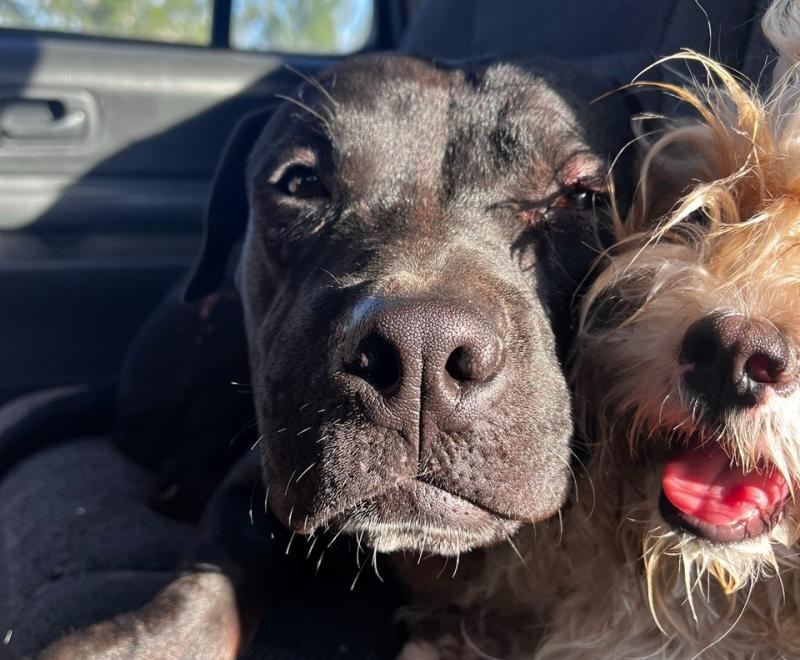A community unites for the good of its pets and people

There they were: an unlikely couple, huddled together in the middle of the street. Jack, a burly 40-pound black dog was hurt and in obvious distress. But right at his side was sweet Sophia, his diminutive, curly-haired protector. No way was she leaving her pal all alone — no matter what.
Some passersby from out of town stopped their car, carefully and gently lured Jack and Sophia into their vehicle, and delivered them safely to Roswell Animal Services. Jack was treated for puncture wounds, and Sophia had a lot of matted hair but other than that seemed fine.
In another part of town, a woman out for a walk saw Mia, a 45-pound white dog, in obvious distress and in need of help. Not only did she bring Mia to the Roswell shelter to be checked out, but then she went a step further: She wanted to foster.
One city, typical of many
The stories of Jack, Sophia, and Mia are a mere snippet of the pet tales from Roswell, New Mexico, population 48,000. They are emblematic of so many from communities served by a single municipal animal shelter that’s busy 12 months a year.
The same animal welfare challenges prevalent in big cities are also found at Roswell Animal Services, which then must deal with those same issues with a very small staff and limited resources. The good news is there’s no shortage of groups organized to help. The challenge has been to get them all pulling together in the same direction.
When Juliana Halvorson, a member of the Roswell City Council, learned about Best Friends Animal Society last spring, she sought out more information. "I then expressed interest in enlisting the help of Best Friends at Roswell Animal Services due to the multitude of issues demanding urgent attention. It seemed like a good time to work on them, especially since we had new councilors coming on board.”
What caught her attention the most was Best Friends’ national shelter embed program. Made possible in part by a grant from Maddie’s Fund®, the program sends Best Friends employees to work side by side with leadership and animal services employees. It’s one of the ways Best Friends is helping shelters nationwide reach no-kill in 2025.
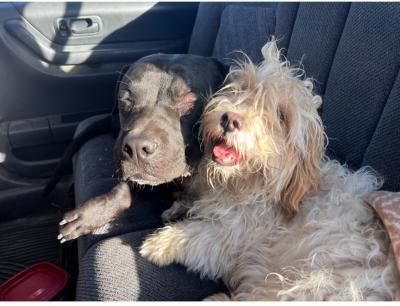
Collaborating with the city
By mid-summer, Mike Mathews, deputy city manager, was in discussions with Best Friends about bringing the embed program to Roswell. “Our council was open to look at everything,” he says. “We’d been running the shelter the same way for years, and we’d never tried something like (an embed). So we collaborated with Best Friends on a one-year grant agreement (September 2023 to September 2024), and so far it looks like we are getting some good results.”
“There was plenty of work to do right away,” says Ramon Villatoro, Best Friends manager of embed program operations. As part of the agreement, he’s filling the role of interim animal services director in Roswell.
[Helping people care for their pets in difficult times]
“We could see that Roswell needed to raise its save rate (the number of animals who leave the shelter alive),” Ramon says. “There were also problems with local ordinances. We couldn’t adopt out animals who had not been spayed or neutered. We also rewrote and clarified shelter protocols — some of which had not been updated since the ’90s.”
The cat save rate in Roswell, which had been as low as 31%, has been on a steady upswing over the past year, reaching 87% in December. That upswing is thanks in part to a new community cat program that Best Friends helped to set up at the very outset of the embed in September. The program is managed by shelter staff, who coordinate with a local clinic to do eight spay/neuter surgeries a week on community (aka outdoor) cats. Animal services officers and volunteers return the cats to their communities following their surgeries.
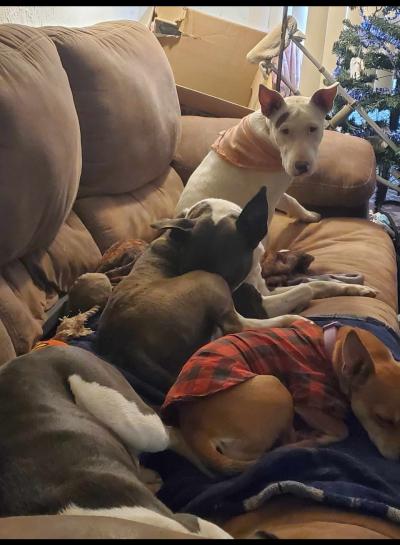
Leading practices, new protocols
Since the fall, the shelter has implemented many changes. For starters, a policy change allows unaltered animals to be adopted and returned to their owners, as long as the person leaves a refundable deposit and signs an agreement to get the animal spayed or neutered within 30 days. This allows more pets to get out of the shelter and into homes faster.
The staff has been trained up on critical shelter management software. Roswell’s five animal services officers have received training from Best Friends experts, and another shelter staff member has received lifesaving dispatch training.
In addition to learning new skills, the staff is learning how to work better together, with workplace culture one of Ramon’s areas of emphasis. “Changes at the shelter have been difficult on the staff,” he says. “So we’ve been working on building personal relationships so that when something unexpected comes, it’s a little easier if we are more collaborative. It’s been great to see that if our staff sees there’s an easier or better way of doing things, they’re willing to do it.”
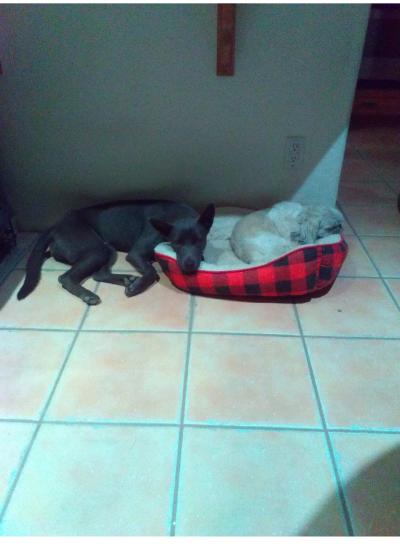
Uniting with the community
Building community trust is another area of emphasis — in particular, working with two key local animal welfare groups and building relationships with the city’s private veterinarians.
Sammye Leflar, who founded Friends of Roswell Animals (FORA) in 2017, has been doing animal rescue work in Roswell for the past 11 years, primarily transporting animals to communities where they’re more likely to be adopted. FORA has saved thousands of lives and logged many miles in the process.
“From 2013 to 2020, it sometimes felt lonely for us because we were the only group speaking up for the animals,” says Sammye. “We were a small group of three attending the city council meetings to advocate for change, which included urging the council to add enrichment programs, improve medical care, tougher breeding ordinances with consequences, and to extend the time for animals to be claimed or rescued.”
[Helping a small rural animal shelter sustain no-kill]
Sammye says the embed program is already helping FORA by improving communications critical to lifesaving. “If we need specific information on an animal, we can get it right away, including pictures and video (supplied by Cathy Overfield of the Best Friends embed staff). We also know that if we need more time to get an animal placed, we can usually work to get that done, where it might not have happened in the past.”
Nicole East, who two years ago collaborated with four other local animal welfare advocates to form the group Support Roswell Animals, has been one of the most vocal advocates for Roswell’s animals. The group had persistently written letters to the city council in support of progressive changes for the city's animals. And during an important animal public meeting held in late summer of 2022, the group's plea at the meeting is considered a key reason why Best Friends is working with the city.
Says Nicole: “All the women who helped me start my group, they all felt there was no way the city would make changes. When we saw the city council’s vote for the grant agreement (with Best Friends), it was like a miracle. We said to each other: ‘Are we dreaming this?’ I was bawling my eyes out.”
Both Sammye and Nicole credited two Colorado organizations — the Colorado Animal Welfare League (CAWL) and Wild Blue Cats — for holding many low-cost, high-volume, high-quality spay/neuter events in Roswell. “They both are great organizations that have been doing much of the heavy lifting in our community when it comes to spay/neuter,” says Nicole.
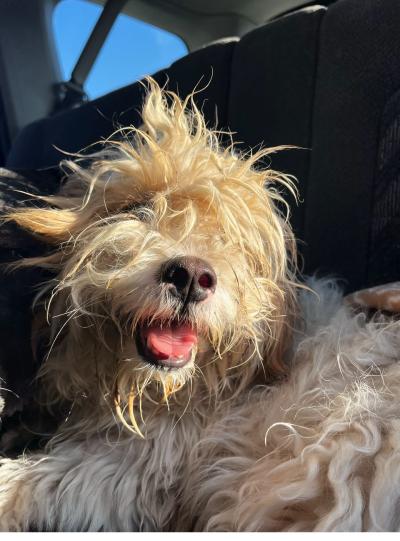
Bringing the vet community together
Another recent groundbreaking event was a meeting with local veterinarians organized by Best Friends veterinarian Dr. Becca Boronat. “We invited everyone in to talk about our community cat program — really to explain the reasons for it, to talk about cat behavior, the benefits of spay/neuter, why it’s good for community cats, and also about population and disease control,” Dr. Becca says.
Getting the city’s vets and the shelter working together had proven challenging in the past. But during the meeting, which Juliana from the city council and Mike from city government also attended, the conversation grew to include ways that everyone could work together better for the good of the animals. “There was a very positive energy in the room,” says Dr. Becca. “They were very engaged with each other and us.”
Things are looking up
With the shelter’s overall save rate on the upswing (77% in December 2022 to 85% in December 2023), progressive changes to animal care protocols in progress, and renewed efforts to bring everyone in the community closer together, the embed is off to a good start through its first six months.
City government is encouraged. “It’s been great for us to have the support of a large, national organization and actually have extra people on-site who provide training for our kennel staff and bring more resources to the table,” says Mike.
The city council is supportive. “So far, I’ve been happy with the result,” says Juliana. “Educating the public is key, and I think Best Friends, Ramon, and others are working toward that goal. I am grateful for all the positive changes.”
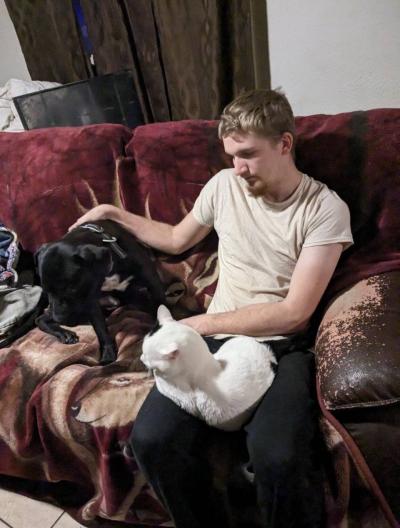
New starts for Mia, Sophia, and Jack
As for the animals, well, Mia is fully recovered and is still with her rescuer, who would love to keep her if not for the fact that she already has three dogs. Mia is good with dogs and a lover of people. And from all reports, she’s ready to become someone’s new best friend.
Sophia, the cute little one who shielded her big buddy from harm, was adopted in October soon after being brought in. And about a week later, a lady named Paige Leigh was scrolling online and saw a picture of Jack. She rushed to the shelter, and she’s been fostering him ever since. Although he’s still a little skittish around people, he’s enjoying life with her family.
“He’s opened up tremendously since we first got him,” says Paige. “Now he comes out and plays, barks, loves to snuggle on the bed, loves food, and is great with other dogs, cats, and the baby.”
A foster win in the making? “Not sure yet,” says Paige, who wears her heart on her sleeve for foster animals. “A lot of people pass up foster dogs and don’t want to give them a chance. But Jack’s a sweet boy and just needs some confidence boosting and reinforcement.”
Let's make every shelter and every community no-kill by 2025
Our goal at Best Friends is to support all animal shelters in the U.S. in reaching no-kill by 2025. No-kill means saving every dog and cat in a shelter who can be saved, accounting for community safety and good quality of life for pets.
Shelter staff can’t do it alone. Saving animals in shelters is everyone’s responsibility, and it takes support and participation from the community. No-kill is possible when we work together thoughtfully, honestly, and collaboratively.
